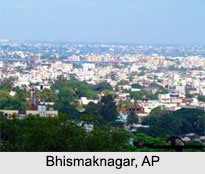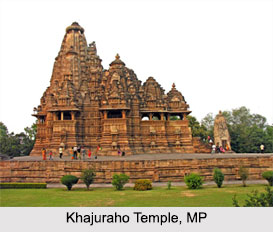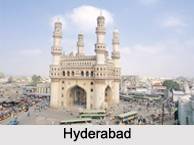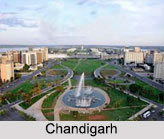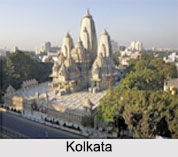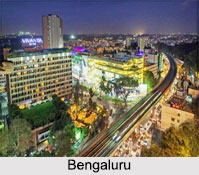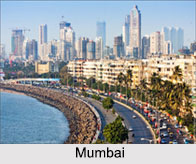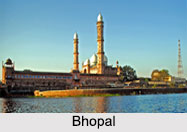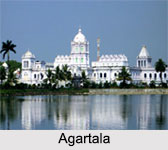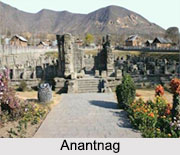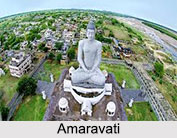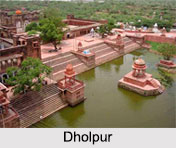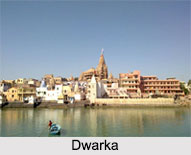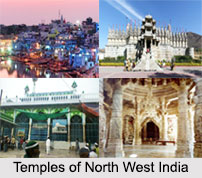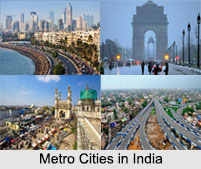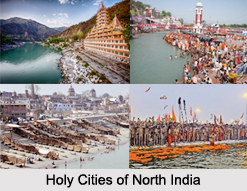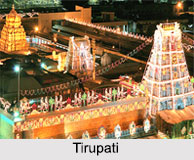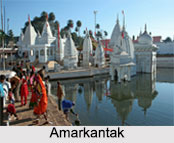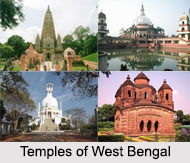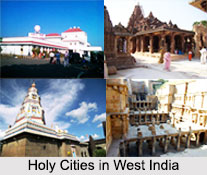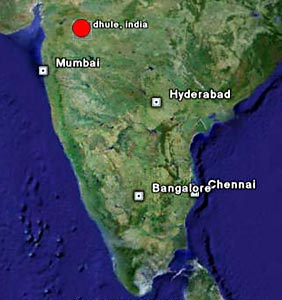 Dhule, a city and a municipal council in Dhule district lie in northwestern part of Maharashtra state. It is one of the very few well-planned cities of India that was created even before Indian Independence.
Dhule, a city and a municipal council in Dhule district lie in northwestern part of Maharashtra state. It is one of the very few well-planned cities of India that was created even before Indian Independence.
Dhule has an average elevation of 240 metres and lies in the Khandesh region, which forms the northwest corner of southern India`s Deccan Plateau, in the valley of the Tapi River along the banks of Panzara River. Dhule became part of the Mughal Empire in 1601, during the reign of Akbar. In the 18th century the Marathas invaded Dhule. In 1818, Dhule was annexed by the British, and was included in the Bombay Presidency. Capt. James Briggs planned Dhule city. After Indian independence in 1947, Bombay Presidency became Bombay State, which in 1960 was separated along linguistic lines into the new states of Maharashtra and Gujarat.
Dhule is a popular stop for truckers, owing to its location on two national highways. In the background is pre-historic Laling fort very close to the city. The nearest international airport is Mumbai, though it also has its own domestic airport at Gondur. Dhule also has a distinct railway terminus, which is connected to nearest railway junction at Chalisgaon. Manmad-Dhule-Indore railway route is about to be started very soon.
While this portion of Maharashtra is apparently of no immense significance from point of economy, the single most reason for importance of Dhule to India and Maharashtra is because of its geographical location for road transport industry. Dhule is the city from which the most calculated roads of India criss-cross each other. This is the singular point for road transportation to Bhusaval or Nagpur in regards to Indian Railways. The national highway number 3, popularly known as Mumbai-Agra highway connects southern India with northern India. And the national highway number 6 on its part links western India with eastern India.
Dhule city is renowned for its educational heritage. It hosts a big number of educational institutes. J.R. City School, R. K. Chitale Madhyamik Vidhyalay, Unnati Madhyamik Vidhyalay, Jai Hind High School, Kamalabai Shankarlal Kanya Shala and L.M. Sardar Urdu High School are some of the renowned schools of Dhule. Amongst colleges, Z.B.Patil College, Jai Hind Junior College, SSVPS`s College, Palesha College of Commerce, Institute of Management Education (Palesha Campus) and Vidya Vardhini College are the best ones. There are many medical colleges in Dhule, namely Shri Bhausaheb Hire Government Medical College, JMF`s ACPM Medical College, JMF`s ACPM Dental College and many more.
Dhule has been one of the big centers for textile industry of the nation, with both spinning and weaving operations. Textile industry is still alive here though at much smaller scale as compared to the past. Many small-scale industries are shaping up in M.I.D.C. area of Dhule. Agra road is Main Street connecting the city to different parts of the state. Pach-Kandil is main wholesale market for fruits and vegetables, while Pat-bazaar is another old vegetable market near an old canal.
Suzlon Energy, which is one of the largest wind power companies in the world, is currently developing a wind park site near Dhule and is spread across a vast, undulating expanse. At 1,000 MW Suzlon`s Dhule wind park is poised to take its place among the world`s largest wind parks when complete.
For complete business listing of Dhule visit Dhule Yellowpages
